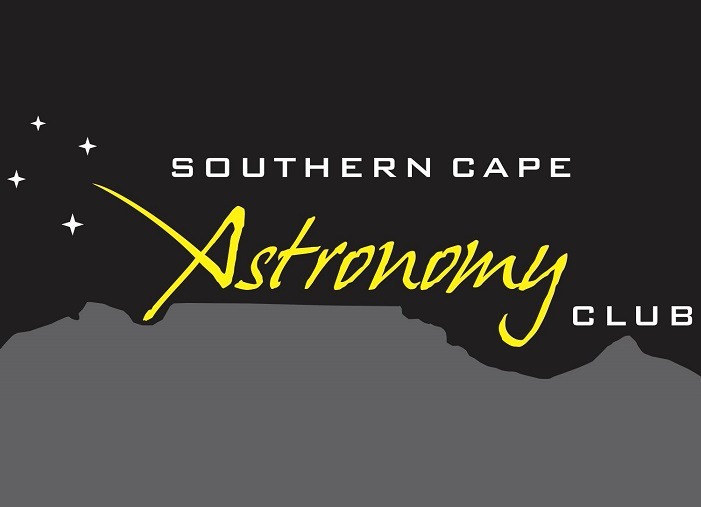Lunar Occultation of Saturn & Titan
The Moon occults Saturn and it's largest moon Titan early on Friday morning...
Venus, a.k.a. "the evening star", setting in the west, is prominent shortly after sunset in our evening skies at present, but it's NO TOURIST PARADISE.
Named after the goddess of beauty, it's the brightest of the planets, visible even during the day and casting shadows at night. Half the time it rises ahead of the Sun and the other half sets after it. Venus is the hottest of all the planets, even hotter than Mercury, as only 2 to 3 % of the solar energy reaches the Venusian surface, and very little radiates back into space. Most of it is trapped in a carbon dioxide cloud that surrounds the planet. This has produced a very exaggerated form of the greenhouse affect, superheating Venus.
At a maximum visual magnitude of -4.4, Venus is twelve times as bright as Sirius (brightest star in evening sky), the reason for this is because of it's close proximity to the sun, it's closeness to the terrestrial observer and the high value of its albedo 80%. Like the moon, Venus (and Mercury), go through complete cycles of phases. The planet experience all the seasons in one day. rotating in retrograde motion. An observer on Venus sees the Sun rising in the west and setting in the east.
Through a telescope no surface detail can be seen because of cloud cover. The atmosphere consists of, 97%carbon dioxide, 3% oxygen, trace elements of carbon monoxide, water vapour, nitrogen, hydrochloric and hydrofluoric acid, ammonia and dust particles, with a surface pressure 90 times that of the Earth, one would be crushed on the descent towards the planets surface. It has no magnetic field, if it has, it is less than 1% of the Earth's.
So it's NO TOURIST PARADISE, with a surface temp of 464º, little oxygen, no water, lots of dust, bleak clouds and a crushing atmosphere, Mars is definitely a better proposition in our quest to visit one of our solar systems planets.
Diameter 12104 km, length of day 243 days, length of year 225 days, gravity 8.9 m/s.
Southern Cape Astronomy Club meets at least once a month for stargazing or observation evenings close to new Moon or during astronomical related events. The well-established club is based in Pearly Beach just outside Gansbaai.
View ProfileXplorio is your local connection allowing you to find anything and everything about a town.
Read MoreThe Moon occults Saturn and it's largest moon Titan early on Friday morning...
Jaco Koekemoer provided an excellent description of the event "Suddenly out of the corner of my eye, I saw a blinding gold-coloured flash in the direction of Gansbaai.
Come and catch some starlight and join us on the Village Green at Pearly Beach for an evening of stargazing...
Where to find the naked eye planets in March and comet C/2018 Y1 (Iwamoto) is visible in our evening skies...
It's full moon tomorrow 19 February 2019 at 17:54.
At magnitude +5 the comet is an easy binocular and naked eye target...
